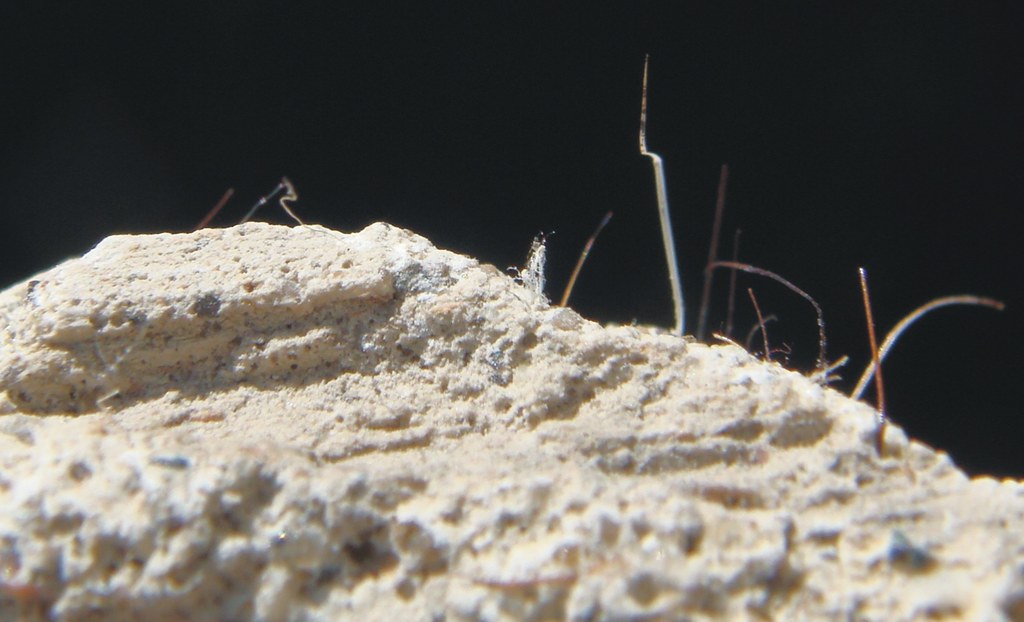

#ASBESTOS IN PLASTER WALL PROFESSIONAL#
Without a professional inspection, it can be challenging to determine if your walls contain asbestos. Residents living or working in buildings where the plaster has aged enough to break down and crumble, releasing asbestos particles into the air.
 Renovation workers who frequently cut into, drill through, or damage older plaster walls. Construction workers, especially those who were responsible for applying plaster walls. Workers who mixed plaster when asbestos was commonly used as an ingredient. The people most at-risk for past and present exposure to plaster-housed asbestos are: Once embedded, they cause continual damage, resulting in life-threatening conditions such as mesothelioma and lung cancer. When inhaled, the strand-like filaments of asbestos embed themselves in soft lung and throat tissues. This increases the immediate risk of asbestos being inhaled and the risk of secondhand exposure by rogue particles hitching a ride on shoes, garments, in cars, and more. When asbestos-containing plaster walls are disturbed, damaged, aging, moved, or removed, microscopic particles of asbestos become airborne. How Exposure to Asbestos in Plaster Walls Occurs Other popular forms of plaster that could contain asbestos include cement, plaster of Paris, and lime. Plaster is also used functionally as light soundproofing and to provide a polished finish to interior walls, allowing for a more functional and aesthetic look. For example, asbestos was often used in plaster because of its thermic properties both to insulate and to serve as fire resistance. It is made using a wide variety of recipes depending on the location and application in which the plaster is to be used. Plaster is a manufactured building material that starts as a thick, pasty mixture of minerals and water and dries into a solid, sturdy form. So how do you know if your plaster walls may be putting you at risk for asbestos exposure? Let’s explore when and how asbestos was used in plaster walls and what risks that may pose to individuals today. Unfortunately, there wasn’t a regulated or realistic way to ensure that all older buildings using plaster walls were asbestos-free.Īsbestos was commonly added to plaster until the late 1980s, as it was seen as an inexpensive way to add to the plaster’s insulation and fire-retardant properties. When the dangers of asbestos became more evident over the years, this practice gradually declined.
Renovation workers who frequently cut into, drill through, or damage older plaster walls. Construction workers, especially those who were responsible for applying plaster walls. Workers who mixed plaster when asbestos was commonly used as an ingredient. The people most at-risk for past and present exposure to plaster-housed asbestos are: Once embedded, they cause continual damage, resulting in life-threatening conditions such as mesothelioma and lung cancer. When inhaled, the strand-like filaments of asbestos embed themselves in soft lung and throat tissues. This increases the immediate risk of asbestos being inhaled and the risk of secondhand exposure by rogue particles hitching a ride on shoes, garments, in cars, and more. When asbestos-containing plaster walls are disturbed, damaged, aging, moved, or removed, microscopic particles of asbestos become airborne. How Exposure to Asbestos in Plaster Walls Occurs Other popular forms of plaster that could contain asbestos include cement, plaster of Paris, and lime. Plaster is also used functionally as light soundproofing and to provide a polished finish to interior walls, allowing for a more functional and aesthetic look. For example, asbestos was often used in plaster because of its thermic properties both to insulate and to serve as fire resistance. It is made using a wide variety of recipes depending on the location and application in which the plaster is to be used. Plaster is a manufactured building material that starts as a thick, pasty mixture of minerals and water and dries into a solid, sturdy form. So how do you know if your plaster walls may be putting you at risk for asbestos exposure? Let’s explore when and how asbestos was used in plaster walls and what risks that may pose to individuals today. Unfortunately, there wasn’t a regulated or realistic way to ensure that all older buildings using plaster walls were asbestos-free.Īsbestos was commonly added to plaster until the late 1980s, as it was seen as an inexpensive way to add to the plaster’s insulation and fire-retardant properties. When the dangers of asbestos became more evident over the years, this practice gradually declined. 
However, asbestos was also an extremely popular addition to plaster walling for its added insulation and fire protection benefits. We are probably most familiar with asbestos due to its widespread use as building insulation in the 1900s.







 0 kommentar(er)
0 kommentar(er)
